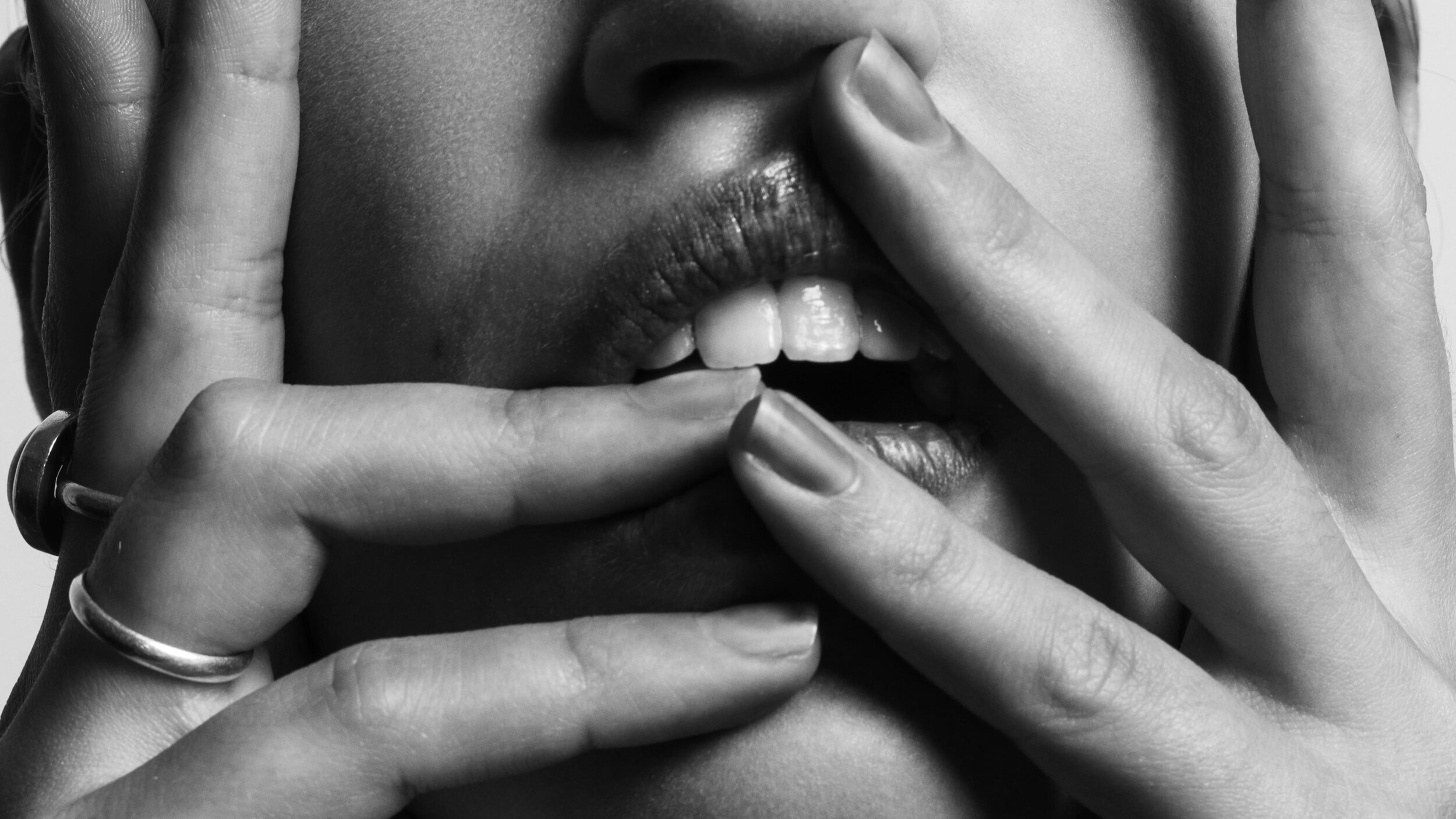Sarah's Health Notes: Give your teeth the TLC they deserve
The importance of good oral and dental hygiene is now a given but it’s a relatively new concept, which didn't really get going in the UK until the Second World War. In the US, the first national board exam for dental hygienists was in 1962. Now, most of us accept that regular visits to the hygienist are as essential as check ups with the dentist.
But, according to hygienist Shivani Patel who is based at gum specialist Dr. Reena Wadia’s RW Perio clinic in London (rwperio.com), we need to do 80% of the work ourselves. If you’re not certain how best to look after your teeth, it is really worthwhile booking in with an experienced hygienist – not cheap but a great investment. (Do aim to see a hygienist regularly every six months.)
As well as helping to prevent bad breath, good oral and dental hygiene helps to remove plaque, the sticky film containing bacteria, which leads to gum disease and tooth decay, and ultimately tooth loss.
At RW Perio, Shivani and other team members start by giving patients a really thorough consultation (including any particular pressures/stresses etc), followed by a detailed oral health examination before cleaning and polishing your teeth with Airflow. This advanced polishing treatment uses very fine powder particles with compressed air and water to remove stains which traditional scaling and polishing may not be able to tackle. (Understandably, they are cautious about promising total success in every case.)
Shivani is clear that electric powered toothbrushes give optimal results compared to manual ones. The ones with round heads, which rotate in one direction and then the other (‘a rotation oscillation mode of action’ should you want to know…) were used in the trials cited in a review by the Cochrane Oral Health Group, which included 56 studies with a total of 5068 participants. I find they are much easier to manoeuvre round your mouth than the traditional manual toothbrush shape. Aim to spend two minutes brushing, 30 seconds on each quadrant. Point the brush head at a 45 degree angle towards the gum line and hold it still on each tooth surface for one second. Don't brush up and down, side to side.
Cleaning between each tooth is essential before you brush. Use an interdental brush (e.g. TePe) that fits snugly so it picks up all the bits that may form plaque. Shivani also recommends using an interspace brush (TePe make one), an angled brush with a single pointed tuft, to clean hard to reach areas, such as behind the furthest back tooth.
Flossing has been largely discredited by recent research but the British Society of Periodontology says it is ‘a viable alternative to interdental brushing if the space between teeth is too tight for the interdental brushes to fit without hurting or causing harm’.
One thing was new to me: the surface of the tongue is fragile and sensitive so brushing with a toothbrush, as I used to, is not a good idea. Instead use a tongue scraper – gently.
Jasmine Hemsley is a great advocate of tongue scraping with a nifty little Tongue Tingler, made from 100% copper for its antibacterial properties. (It also avoids buying more plastic.) She writes about it here.)
Use a mouthwash about half an hour after brushing your teeth, and after lunch and dinner if you can. Oh and don't brush your teeth immediately after a meal. Again wait half an hour or so.
Polish + Perfect package/RW Perio, Suite 2 Lister House, 11-12 Wimpole Street, London W1G 9ST, tel 020 7112 9036.

